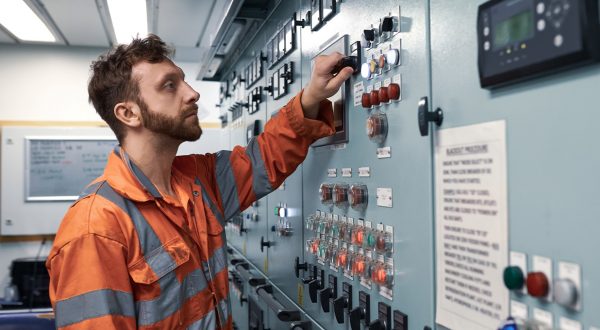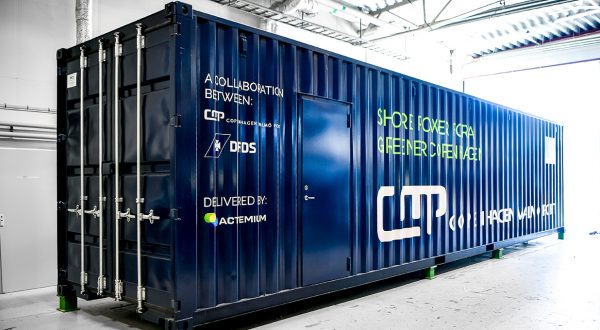AI can mitigate the unpredictability of renewable energy sources
Reading time: 4 min
AI-based renewable energy production forecasting systems are steadily being perfected, facilitating their integration in power grids around the world.
![]()
On 26 February 2019, Google announced a further feat by DeepMind, its artificial intelligence (AI) programme. This time, the achievement was not another victory in a chess championship or a game of Go, but rather a much more pedestrian application: forecasting electricity generation by a wind farm, a 700 MW site located in the centre of the United States at Google’s data centres.
Using a neural network trained on widely available weather forecasts and historical turbine data, DeepMind was able to predict wind power output 36 hours ahead of actual generation. Based on these predictions, the wind farm optimised its commitments to deliver a precise amount of electricity at a precise time.
The use of the machine learning system enabled the Google subsidiary to increase the value of its wind energy by about 20 % compared to the baseline scenario of no time-based commitments to the grid.
The value goal
This achievement is important because “Given the intermittence of renewable energy sources, the ability to predict megawatt-hours generated is a key part of their value,” says Antoine de Broves, Technical & Innovation manager at Omexom, the VINCI Energies brand dedicated to the energy transition.
“Given the intermittence of renewable energy sources, the ability to predict megawatt-hours generated is a key part of their value”
In the electricity market, blocks of energy are negotiated over a time span of one year, one quarter, one week or one day for the next day, or even the same day (“intraday” market). As a rule, the earlier the energy blocks are negotiated, the greater their value.
“Because wind, photovoltaic solar, and run-of-river hydroelectric generation all depend on weather conditions, the power of IT systems and their analytical capabilities are all-important,” he says.
The issue is especially crucial in view of the sanctions for failing to deliver megawatt-hours sold. In France, for example, the Commission de Régulation de l’Energie (CRE – energy regulatory commission) imposes financial penalties via RTE, the public transmission system operator, which is responsible for ensuring a balance between electricity supply and demand.
Increasingly perfected IT models
DeepMind illustrates how the AI learning curve is steadily perfecting models able to transform weather forecasts into production forecasts.
These models use data from satellite imaging to analyse clouds, low-pressure areas, air masses, etc. to forecast short-term production fluctuations. They also use other sources such as state-of-the-art turbine towers equipped with anemometers to predict wind variations and fisheye cameras to analyse cloud movements, predict a possible blackout and switch to backup sources of generation.
But Omexom goes a step further. “In addition to integrating this forecasting tool in the sites we manage for our customers with support from specialist providers, we add another service – energy storage, which can make up for a shortfall in production and save surplus production,” says Antoine de Broves, citing the examples of a photovoltaic solar farm in Martinique and a photovoltaic solar greenhouse in Corsica.
Ultimately, artificial intelligence makes power generated from renewable sources more predictable and thereby increases its value. But the benefits of AI-optimised forecasting go beyond financial income for the energy producers. By mitigating the intermittence drawback of renewables, it reinforces security of supply across the entire electricity system and lends additional credibility to these new sources of energy, thus facilitating their inclusion in the energy mix.
16/01/2020





